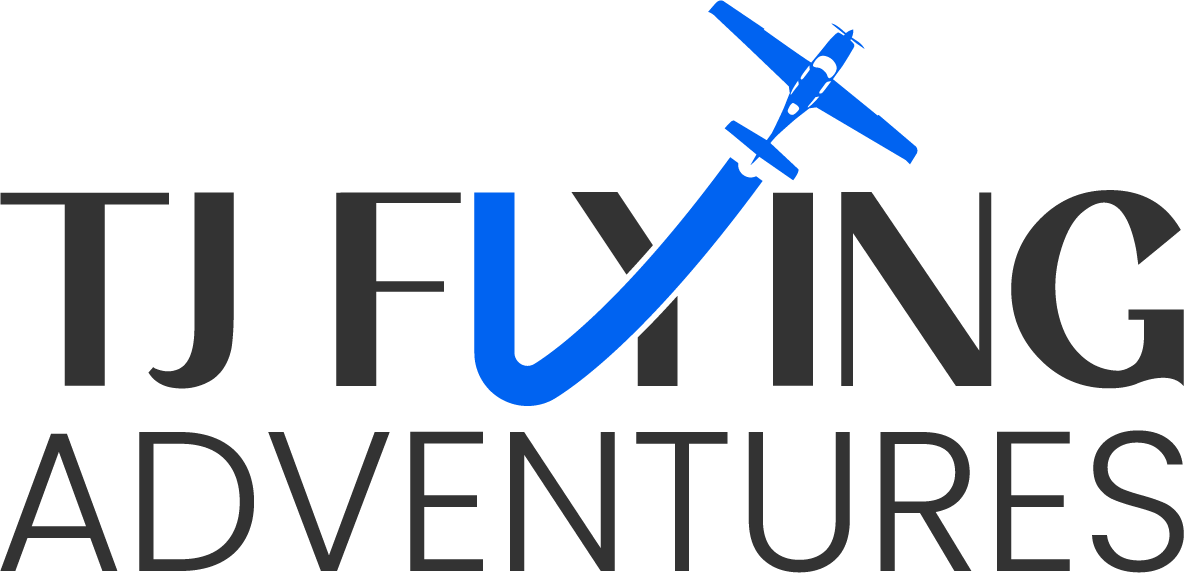Landing at JFK
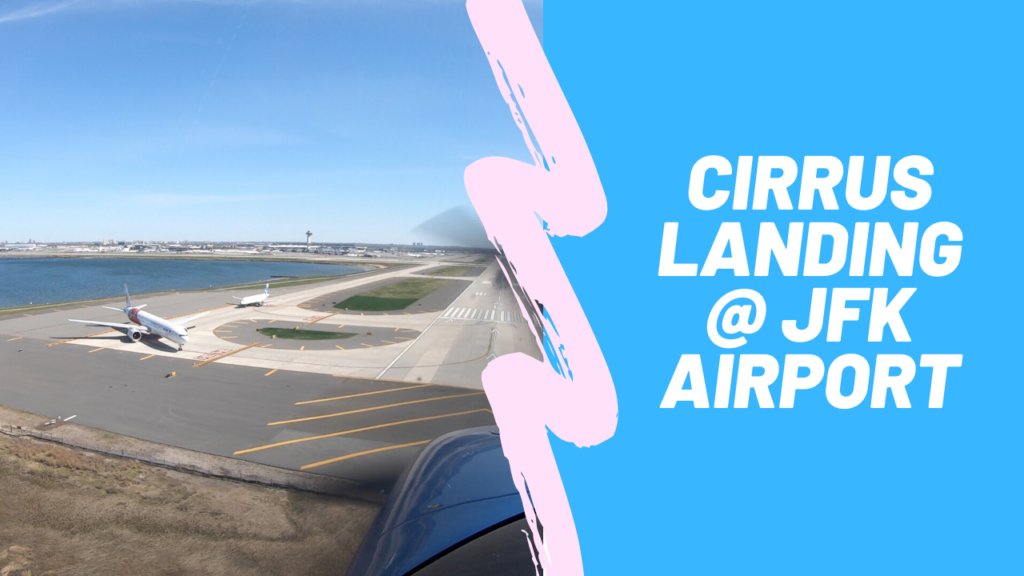
As some of you know, a couple of weeks ago, I tried to do a “Touch & Go” at JFK. I figured that due to Covid-19, the skies would be pretty empty and ATC would have plenty of time on their hands. That attempt did not work 🙁 The controller told me “Touch & Gos” […]
Home Just in Time for Maintenance
After the return trip from Palm Springs, I realized I had reached home “just in time” for some critical maintenance. My final round trip journey was in excess of 4000 nm, as you can see below: Before the trip I made sure all the maintenance was current and even had my mechanic go over the […]
AOP Summit Journey (Part 2)
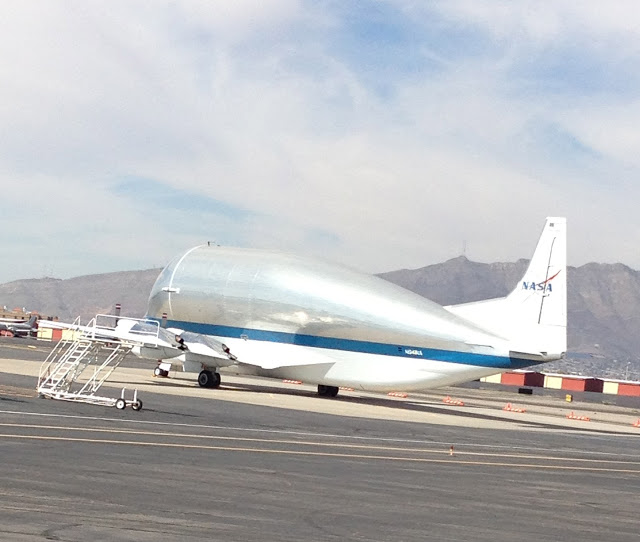
After an overnight in El Paso and a full regular day of work, it was time for the final leg of the journey. El Paso turned out out to be a great place for an overnight stop. Thanks to both NASA and the military there was no shortage of noteworthy aircraft on the ramp. The […]
AOPA Summit Journey (Part 1)
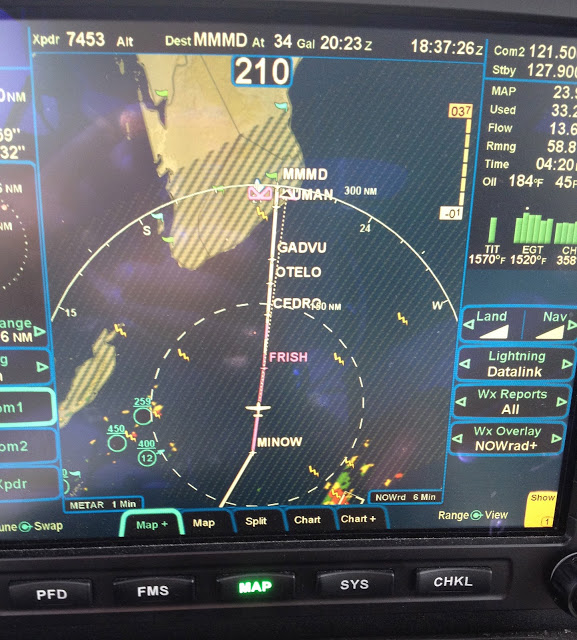
My trek to AOPA is now well underway! The first leg of this trip was quite memorable. Since I was flying direct over the Gulf, I squeezed as much fuel as I could into the tanks (92 gals). Other than the eAPIS filing, the departure was just like any routine IFR trip anywhere in the […]
Angel Flight To Stuart
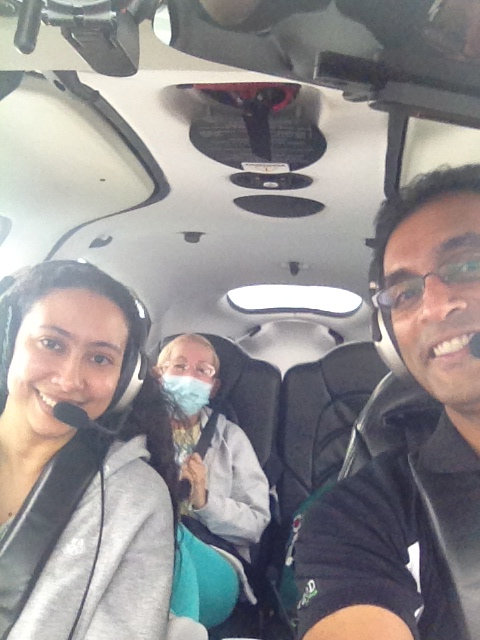
It has been a while since my last Angel Flight mission. In fact, I don’t remember exactly when the last one was. So today after work, I decided to fix that by transporting a Moffitt patient (Mendis) and her daughter (Carmen) from Tampa to Stuart, which is on the east coast of FL. The weather […]
First Four Legged Passenger
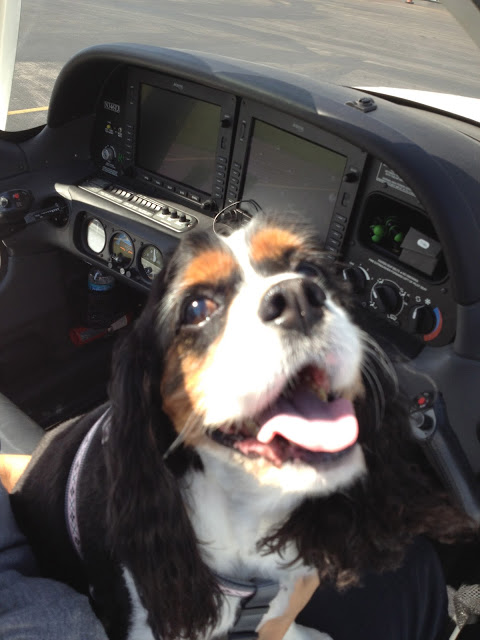
Until today, all of my passengers were people. But today was a long overdue flight… I loaded up my first four legged passenger (Tristan) in preparation for takeoff. The route was rather simple (Ft Lauderdale to Tampa). However, there were a bunch of clouds surrounding Ft Lauderdale around departure time. I filed a quick IFR […]
Finally The Storm Has Passed
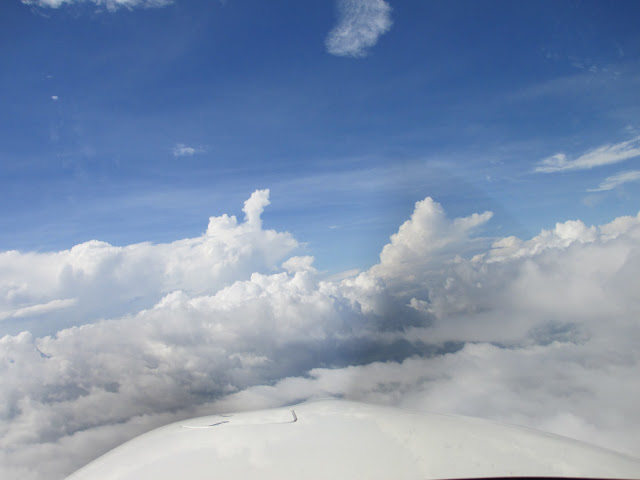
Tropical Storm Debby finally passed most of the state of Florida yesterday! I was very disappointed that I couldn’t continue the seaplane training this past weekend. Worse yet, the seaplane base is closed next weekend due to the Brown family vacation! So that will need to wait till sometime in July. After 3 days of not even […]
Presidential TFR Delay

I was planning a short joyride to FT Lauderdale for lunch last week. However, President Obama was in town and the corresponding temporary flight restriction (TFR) made my home airport a “no fly zone” until 3:15pm. Apparently, the president didn’t know (or care) about my plans… So I had to wait till he was […]
Island Hopping in Hawaii (Part 2)
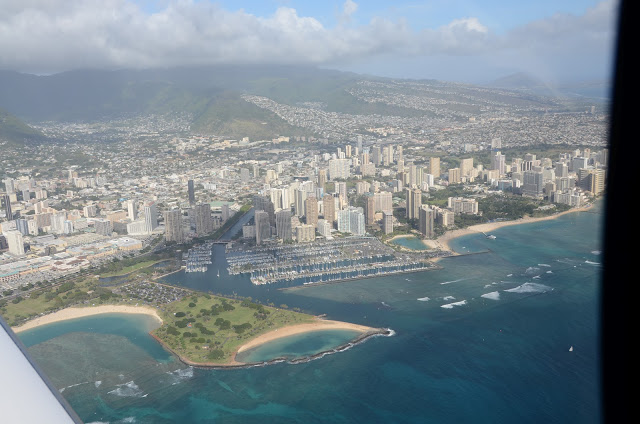
After an exciting intro to island flying, the next couple of days provided more amazing scenery and even more challenging flight conditions. The first stop, which was the island of Kauai, was the longest flight segment over water. So we filed a flight plan (and actually used the autopilot a bit). As we approached the Lihue […]
Island Hopping in Hawaii (Part 1)
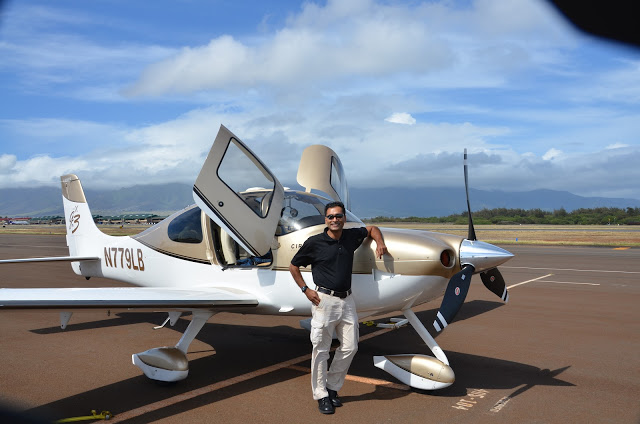
As many of you know, I have been trying to personally land in all 50 states… After 2 years of flying to every nook and cranny of the continental US and Alaska, this weekend I finally managed to check Hawaii off my list! The first 49 states were all done in my Cirrus. However, it […]
